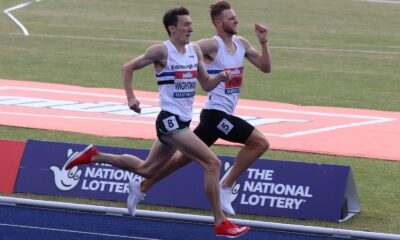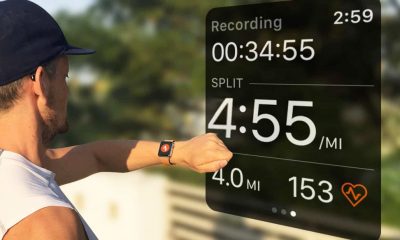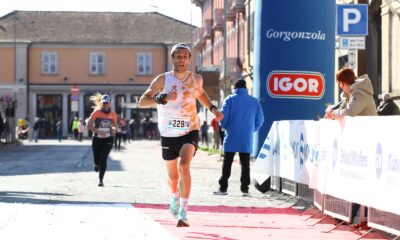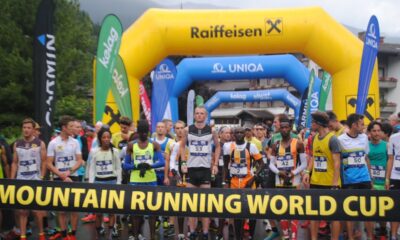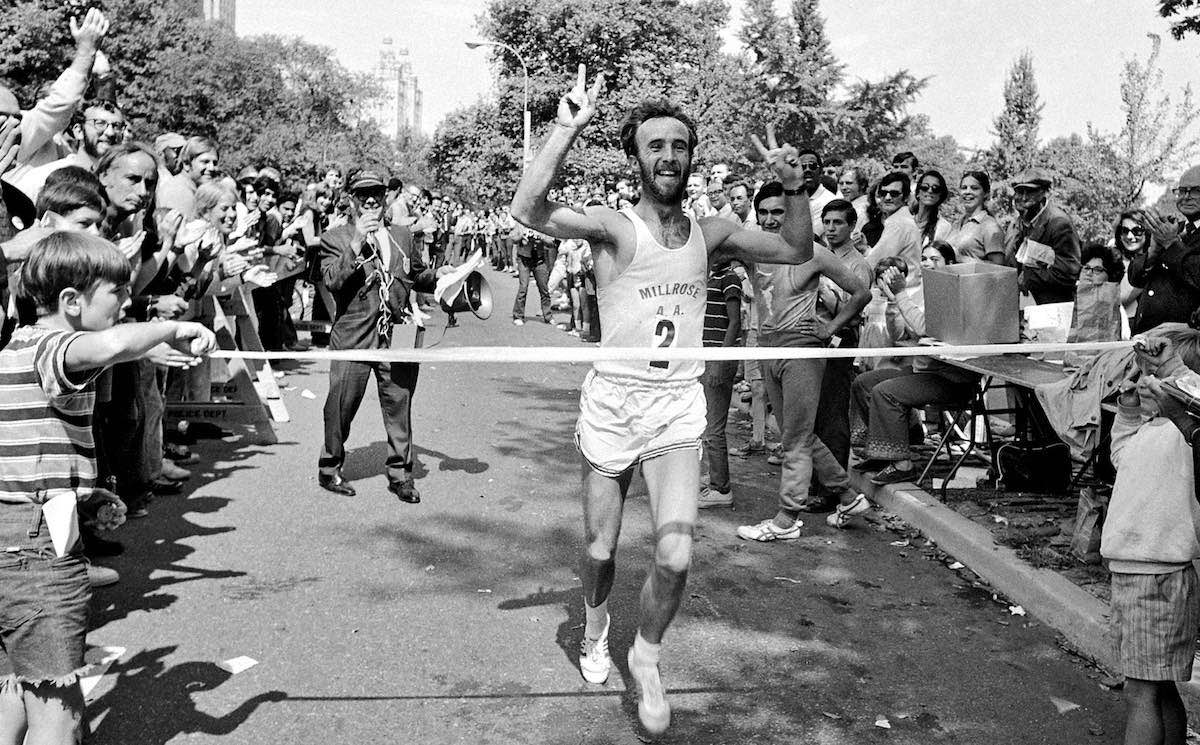
More than 50,000 people took part in this year’s New York City Marathon, the world’s largest 26-miler – its story epitomises the ‘running boom’.
The race, which began in 1970, is partly responsible for a revolution in road running. What could once be termed a “sport” for the few has become mainly a participation event for the masses, with the ‘competitive’ element of the field starting to appear an irrelevance to commercial race organisers.
Once upon a time, before that first New York race, you tended to only run in road races if you were ‘okay’ at running. Back in the 1960s, few marathons took place but these were much smaller affairs. The Polytechnic Marathon in London was the biggest marathon in the year 1962 with only 149 finishers! Last place was 4:07 and only 33 were outside 3:15.
Then along came the London Marathon and Great North Run, which spawned a running boom. Along with the idea that anyone could run and naturally came an increase in races of all distances.
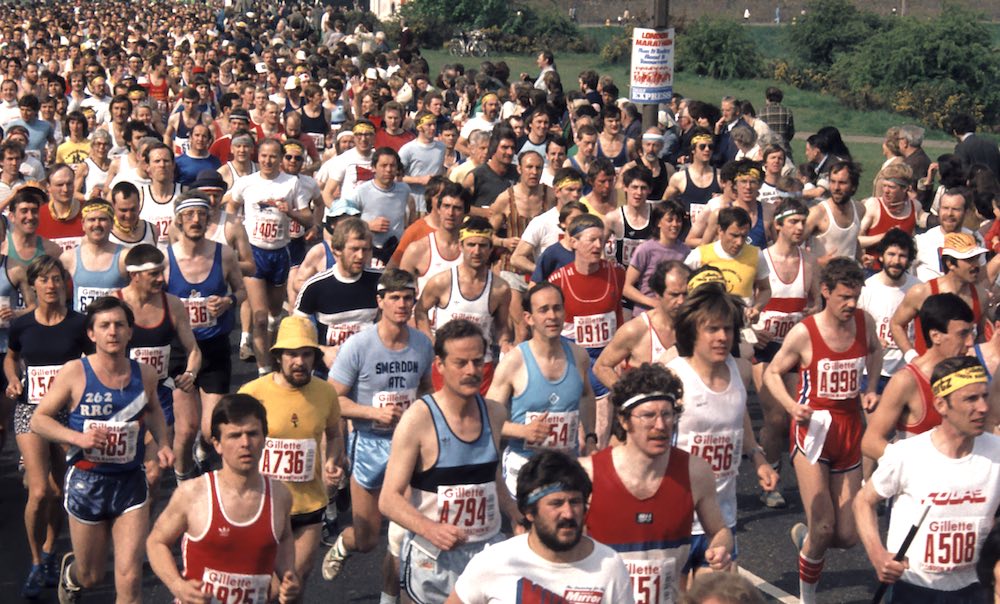
However, I recall former World Cross silver medallist Tim Hutchings saying not long before launching the Brighton Marathon in 2010 that he still felt there was a massive gap in the market for city marathons in the UK, the quantity being far lower than in countries such as Germany. He turned out to be right. Brighton was a great success and soon mass marathons followed in Manchester (2012), Yorkshire (2013), Bournemouth (2013) and Birmingham (2017).
Statistics from the Association of Road Race Statisticians (arrs.net) show the astounding increase. For 2009 their database listed just 119 in the UK (compared to 331 in Germany, with a slightly larger population, and 498 in the USA). In 2016 there were 354 in the UK (Germany, 447 and USA 1237) – a nearly threefold increase in just seven years!
Interestingly, the number of finishers in that time has not quite doubled – to 116,000 in 2016.
Despite the boom prize money is decreasing
While such a rise is surely a good thing when it comes to the nation’s health, the scene is massively changing and one possible worrying trend is a lowering of prize money – despite entry fees going through the roof.
The idea for this article came from an elite athlete agent who commented on the reduction in prize money at the top end in Britain, which was increasingly being limited to only British runners. To back this up I tried to look at the tier below the London Marathon and the Great North Run, using archive prize money data from either the official websites or arrs.net. Despite singling out these races, I wish to make it clear that I am not necessarily applying my sweeping generalisations which follow them.
The winners at the Bournemouth Marathon Festival in 2016 received $3245 (data from ARRS/£2500). This year the winning prize was just £500. The standard at the top plummeted, despite boasting an IAAF label, which meant it had to attract a certain level of elite athletes.
Next year’s Yorkshire Marathon offers a £1150 winning prize but only to UK entrants. In 2014, the winner’s prize was £2500 with a £500 UK bonus. The Chester Marathon in 2017 offered £1000 for the winner – down from $2000 (ARRS/£1500) in 2013.
The Greater Manchester Marathon in 2013 had first prizes of $1160 (ARRS/£1500). In 2017 this was £2000 but only to UK entrants.
A similar scenario has been emerging Stateside
David Monti, editor of US publication Race Results Weekly, told me that the very top tier, including New York Road Runners’ eight pro events, were continuing to offer good prize money.
However, he also wrote: “The largest commercial road race organiser in the USA, Competitor Group (Rock ‘n’ Roll series), has largely pulled away from elite athletes, at least in a meaningful way. Prize money, and other elite athlete support, at their events is minimal. Also, regional road races which used to have good elite fields have what I call ‘elite fatigue’ and have decided that top athletes aren’t worth the headache and expense, at least not recruiting truly top talent.”
While some prize funds have shrunk, the amount available to overseas runners has particularly taken a hit.
Many will be pleased, saying they would rather see the races won by homegrown runners. While I have in the past questioned the attraction in having two unknown Africans lead the field by minutes, is the trend a symptom of a growing disinterest in the top end among race organisers with the focus instead on numbers? And does it mean the top Britons are losing out on useful competition to push them on to the next level?
There are exceptions
One race that clearly still believes in catering for the elite is the Cardiff University/Cardiff Half-marathon. Vying to be Britain’s third largest race, it is now also rivalling the Great North Run both at the very top end and in depth for good club runners.
Elite athlete liaison for Cardiff, Alex Donald told me why they increased the prize money a few years back: “We decided we wanted to be considered world class and take the race as far as we could… We started to wonder about the success in Scotland and it looked as though it was partly down to the fact that young Scottish athletes saw the best in the world coming and we wanted Welsh athletes to emulate that.”
In this year’s race in Cardiff, Wales’ Dewi Griffiths certainly showed a bit of African competition did him no harm as he finished in among them with fourth in a big PB of 61:33 before going on to break 2:10 in his debut marathon a few weeks later.
Cardiff now appears to be one of the ‘go-to’ races for competitive UK club runners. I would include it on a list with the Leeds Abbey Dash 10k, Reading Half-Marathon, London Marathon and Armagh 5k.
The Armagh road race is remarkable for its absence of ‘joggers’. Despite negligible prize money, although with some assistance for athletes who meet the tough entry standards with regards to travel and accommodation, this year the last of its 171 finishers clocked 17:05; 77 finished inside 15 minutes. The accompanying women’s 3k had 28 inside 10 minutes.
Race organiser for 28 years Brian Vallely is torn when he looks at the current road racing scene. “On the one hand, in Dublin yesterday (October 29), you had 20,000 out to run a marathon,” he said. “I can remember marathons when there were three or four on the line. You can’t dismiss it, but I regard a lot of what’s happening is to the detriment of cross country and track, and is a dumbing down of our sport.
“I’m not saying that people shouldn’t enjoy athletics and have these races but quite often there are fairly scandalous entry prices for races which are meaningless, where you have half a dozen elite athletes who run well enough to win the race or are paid to stand on the line.”
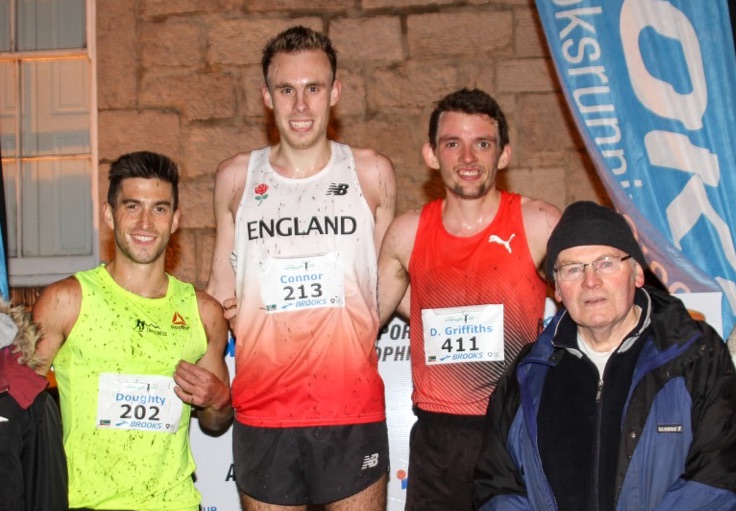
Photo Credit: Keith McClure
The standards in some of these ‘go-to’ races to which top club athletes flock in droves in some cases are matching the heyday of the 1980s.
The future
However, with many commercial organisers seeming to care less and less about the top end and perhaps only about how many they can get on the start line, they are not sufficiently attracting the top runners.
In short, the market for more road races is being met, but there are not enough top runners to go around, so races are often being won with mediocre times.
Recently, prolific organisers Great Run Company – curiously having steered clear of marathons previously – got in on the act with Birmingham and Stirling, the former garnering just over 5000 finishers. Great Run founder Brendan Foster said beforehand he hoped the new marathon series would trigger a rise in standards, yet ironically the race could attract no quicker winners than 2:33 and 2:52. In fairness to the Great Run Company, they offered a £2000 first prize.
I mean no disrespect to the winners. Chris Ashford had run a marathon just seven days earlier, four minutes quicker, while the first woman, Sophie Kelly, smashed her PB.
However, I think this year’s race was a symptom of the trend. To where will that trend lead? Will we one day have commercial races for charities and fun runners, and another set of much smaller races run by clubs for competitive runners?
(With thanks to the Association of Road Race Statisticians and Andy Milroy for data for this article.)












